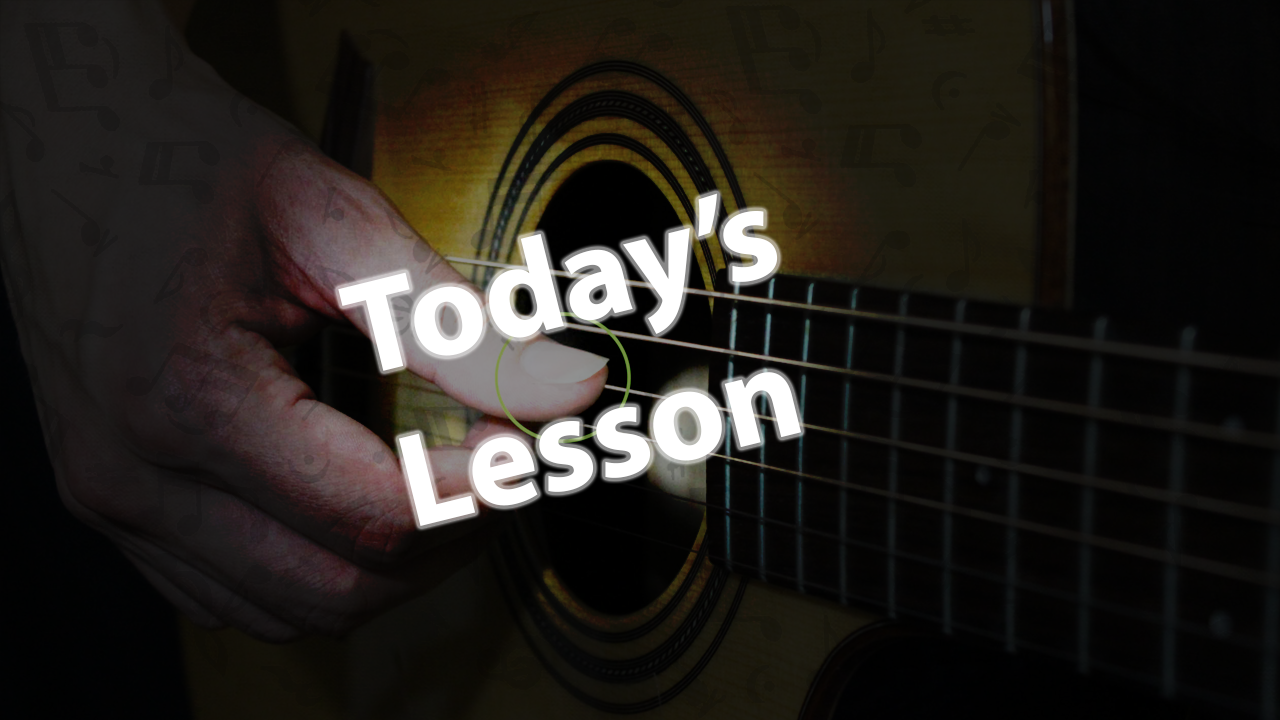Blues music is known for its soulful sound, emotional lyrics, and, of course, the ability for musicians to improvise and express themselves through their instruments. One of the key elements of blues music is the guitar, and learning how to improvise on the guitar can take your blues playing to the next level. Here are some tips for mastering guitar blues improvisation.
Understanding the Blues Scale
The first step in mastering guitar blues improvisation is to familiarize yourself with the blues scale. The blues scale is a six-note scale that is used in blues music to create that signature blues sound. The notes in the blues scale are the root, flat third, fourth, flat fifth, fifth, and flat seventh of the corresponding major scale. Once you have a good understanding of the blues scale, you can start to experiment with different combinations of notes to create your own unique sound.
Bending and Vibrato
Bending and vibrato are two essential techniques for adding emotion and expression to your blues playing. Bending involves pushing or pulling the string to change the pitch of a note, while vibrato involves rapidly bending and releasing a note to create a wavering effect. Experiment with different bending and vibrato techniques to add depth and feeling to your improvisations.
Call and Response
Call and response is a common technique in blues music where one musical phrase is played and then answered by another phrase. Using call and response in your improvisations can help create a conversation between you and your guitar, adding interest and dynamics to your playing. Try playing a short phrase and then responding to it with a contrasting phrase to see how it can enhance your improvisations.
Listening and Transcribing
One of the best ways to improve your guitar blues improvisation skills is to listen to and transcribe the playing of blues guitar legends. By studying the solos and improvisations of artists like B.B. King, Eric Clapton, and Stevie Ray Vaughan, you can learn new licks, phrasing techniques, and melodic ideas to incorporate into your own playing. Transcribing solos note-for-note can also help you develop your ear and improve your ability to play by ear.
Practice, Practice, Practice
As with any musical skill, mastering guitar blues improvisation takes time and practice. Set aside dedicated practice time each day to work on your improvisation skills, whether it’s practicing scales, working on bending and vibrato techniques, or jamming along to blues backing tracks. The more you practice, the more comfortable and confident you will become with improvising on the guitar.
With dedication and practice, you can become a master of guitar blues improvisation and take your blues playing to new heights. So grab your guitar, start experimenting with the blues scale, bending and vibrato techniques, and call and response, and soon you’ll be improvising with the best of them!


0 Comments